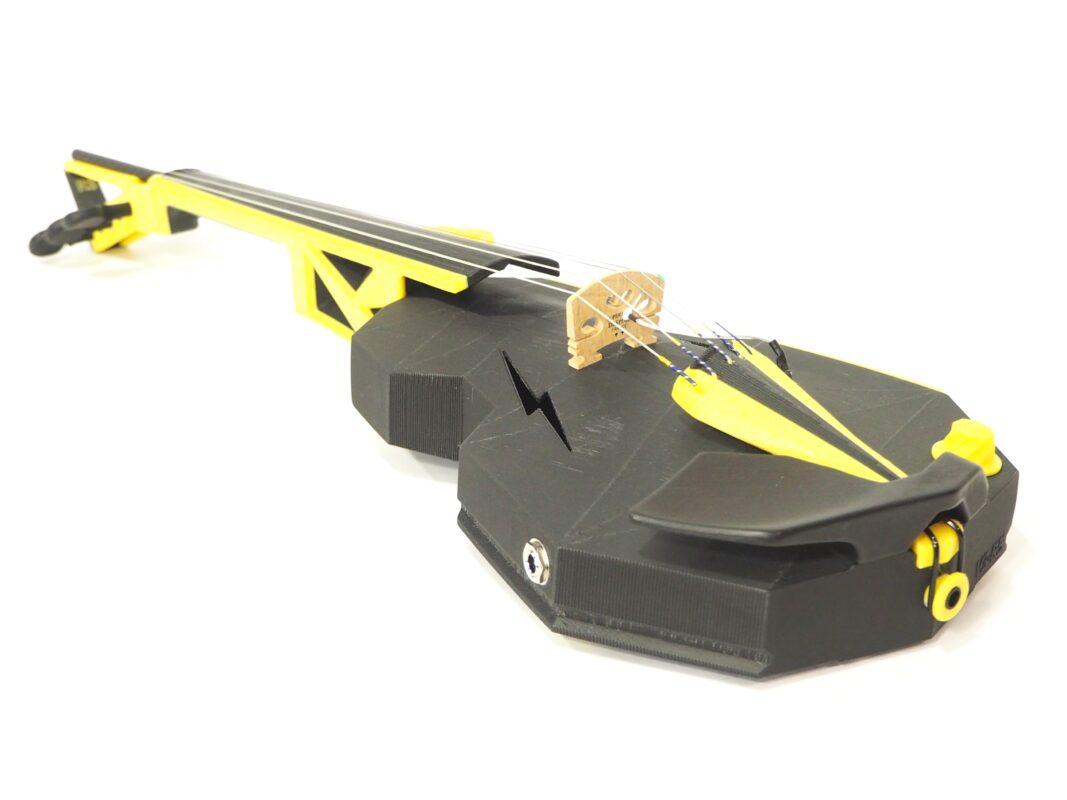Modular Fiddle
Ordering a Custom Modular Fiddle
I get a lot of inquiries about options for a custom Modular Fiddle build, so let’s break it down. What decisions do you need to make? What are the color options? Here’s everything you need to know about ordering a custom Modular Fiddle.
How Much Will it Cost?
Let’s tackle this one at the top! If you are a gigging, recording, or advanced violinist, I would recommend an acoustic-electric with a base price of $1300 for a 4-string. For a solid-body electric 4-string, $1600. For a 5-string add about $300. Pricing changes, so these numbers are approximate.
An acoustic 4-string Modular Fiddle build suitable for someone learning the violin, or a curious experienced player, starts at $600. (Note: this instrument can’t withstand direct sunlight.)
Electric or Acoustic?
This first decision is usually pretty easy. Do you want an electric instrument or an acoustic? An acoustic Modular Fiddle is good for anytime you might want a quieter instrument. It isn’t quiet like a solid-body electric, but more like an acoustic violin with a mute.
An acoustic Modular Fiddle is ideal for beginners! It’s a responsive and easier-playing acoustic violin and anyone under the same roof will appreciate the reduced volume.
For experienced players, I would recommend an electric. If you are performing or recording, you will be disappointed by the acoustic tone alone, even with a mic. It IS still made of plastic after all! That same damped tone, though, makes a really great signal for amplification.
Solid Body or Acoustic-Electric?
For an electric build, you next need to decide on your body style. Currently there are two body options: solid body and acoustic-electric.
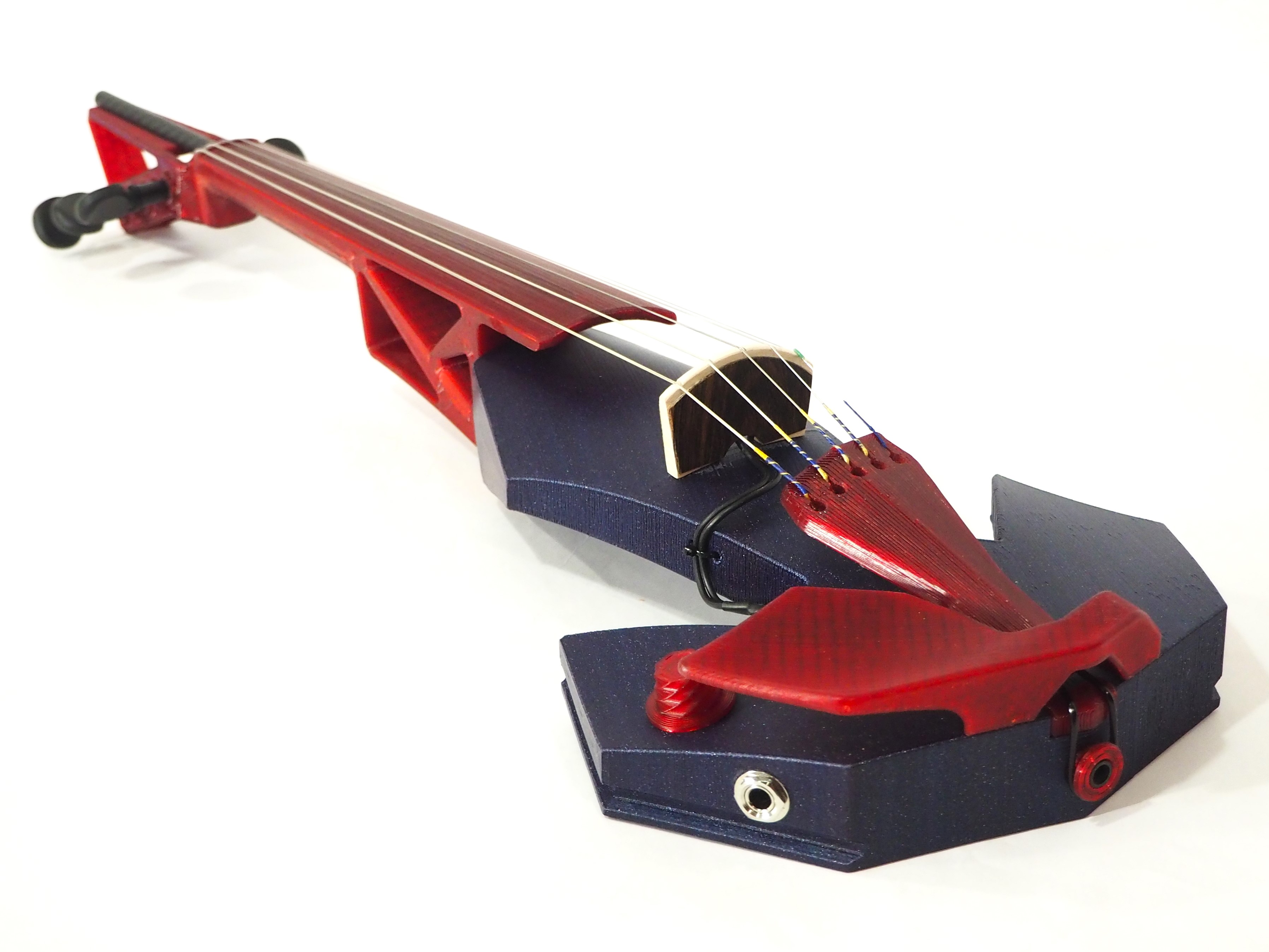
Choose solid body if you need an instrument that can be played in very loud environments with distortion. Or if you would prefer the cleaner tone of the solid body. The downside with a solid body is that to get good tone you need an expensive pickup. A great pickup for the acoustic-electric is less than half the price of a decent solid-body pickup.
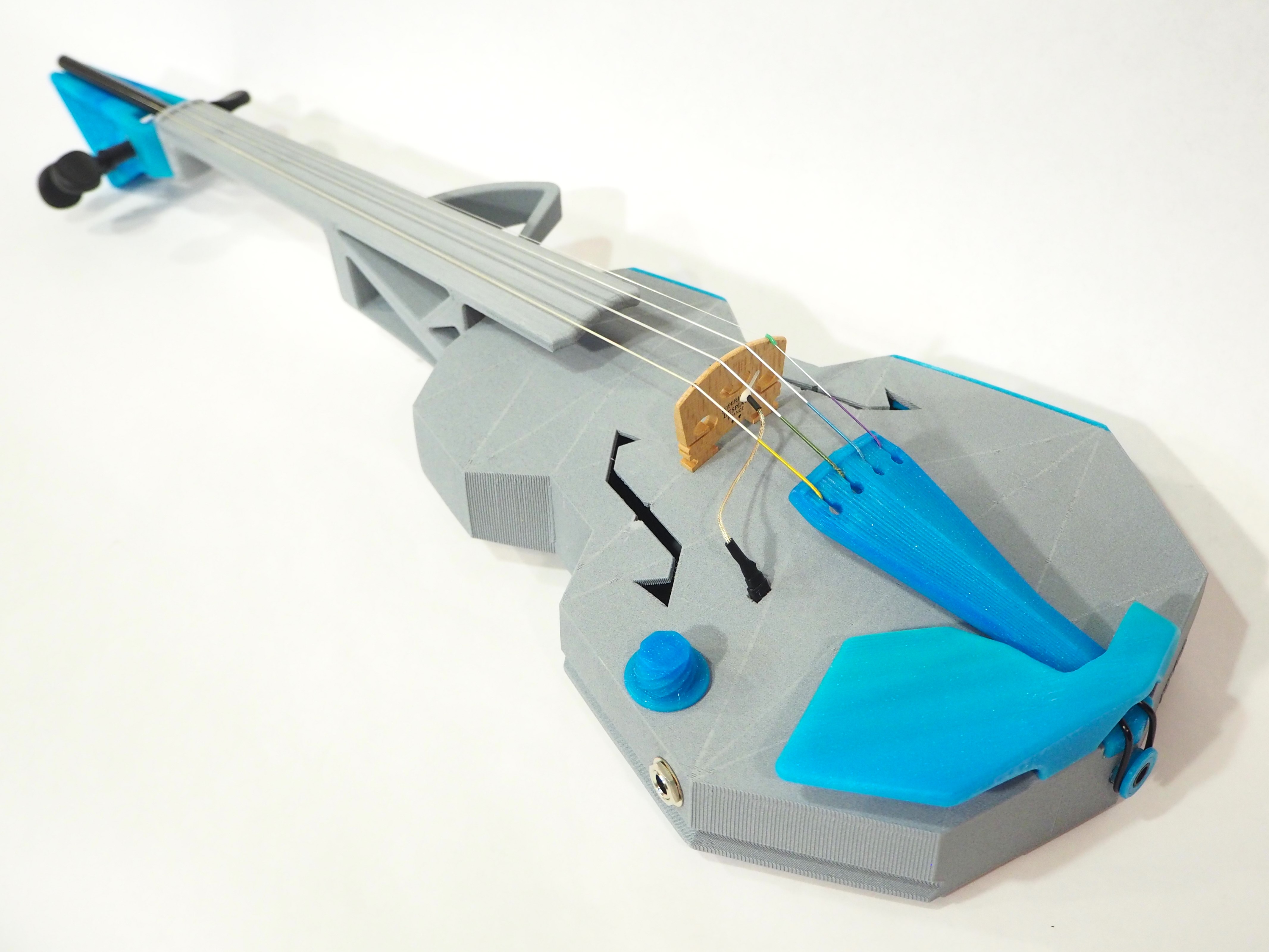
Choose acoustic-electric if you want a very warm and rich tone and don’t need to play loud with distortion. The acoustic-electric body is optimized for a naturally warm tone, and the mechanical properties of the plastic offer the perfect amount of damping for an excellent amplified signal.
4-String or 5?
For acoustic, or either type of electric, you next need to choose how many strings you’d like. If you want a viola length instrument now is the time to decide that as well. I recommend violin length, unless you are already playing a viola.
If you are new to the violin, stick with 4 strings.
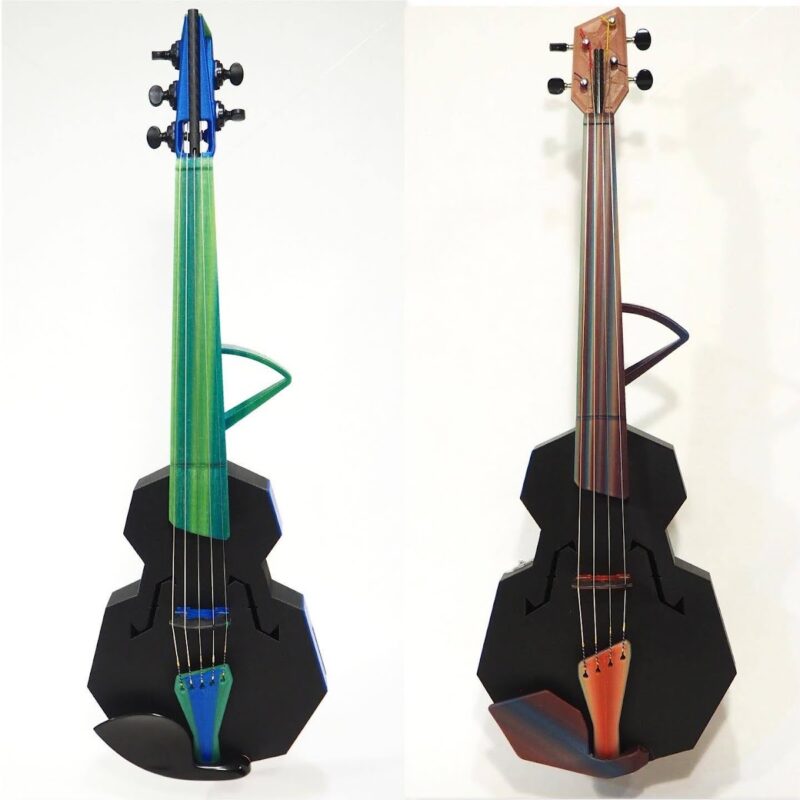
If you are 5-string curious, you might consider finding one to borrow before you purchase. Playing a 5-string violin is surprisingly different from a 4-string, and it will take some time to adjust. You will need to be committed to learning a different instrument if you are switching to 5-string for the first time. In the end most players agree, it is worth it!
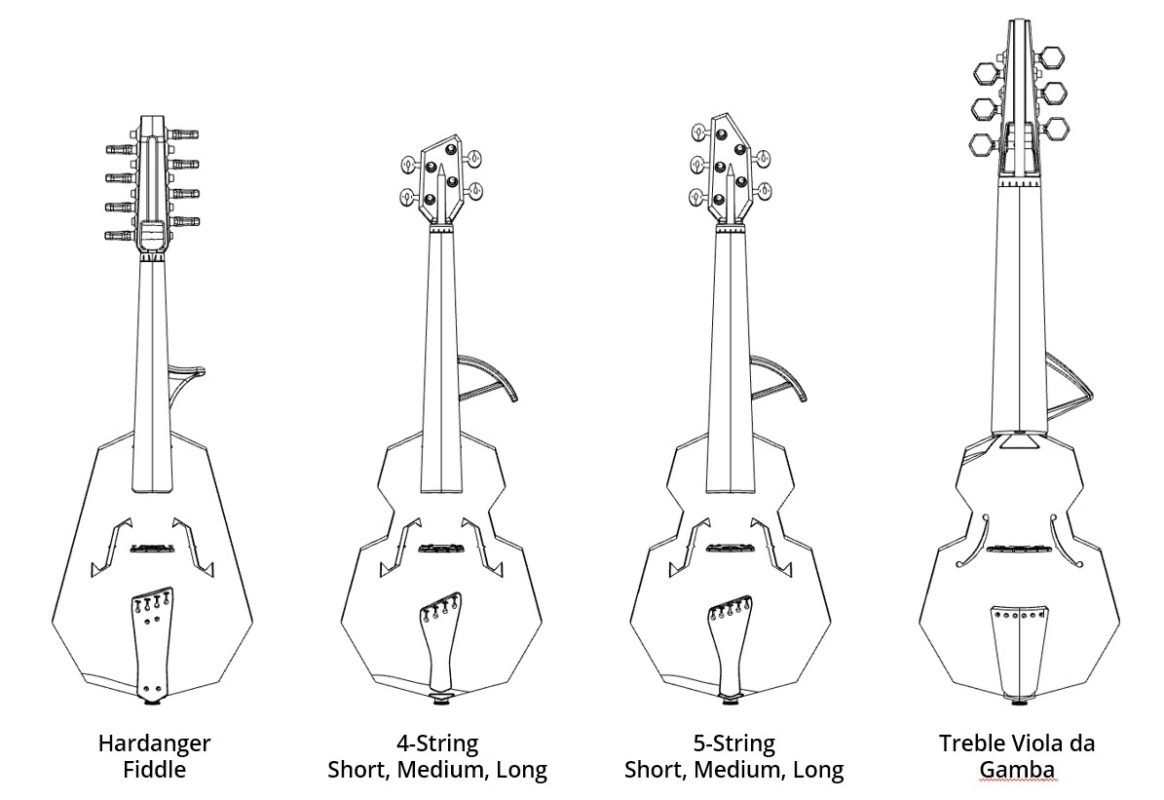
Of course if you are interested in a Hardanger Fiddle, a Violin d’Amore (a violin with understrings), or a treble Viola da Gamba, those are options as well.
Are you interested in some other variation or more customization? Let’s talk it over and see what is possible.
A custom option beyond what I have already designed will be much more expensive, but it won’t cost you anything to ask!
Ergonomics and Setup
Thanks to the wonders of 3D printing and modularity, I am able to offer a range of setup options. If you know that you like a certain string spacing on your 5-string, we can do that. Is there a bridge profile that you would like me to copy? Not a problem.
Some players are especially sensitive to the neck width and profile. I generally offer necks in two sizes — standard and slim. Standard is my default, and is what works for most players. Slim is about 1mm narrower and forms a thinner profile in the hand. A few players prefer this, but for most it doesn’t feel quite right.
How do you like your action? I generally build to the industry standard of 3-3.5mm on the E and 5mm on the G, but I can go a bit higher or lower depending on your preferences.
Do you need a false bout? This is a feature designed to give you the traditional body reference point of a wooden violin. Most players need it, but it does limit where we can put color on your instrument. The fiddle, below, is a build for Grace Youn and has a false bout.
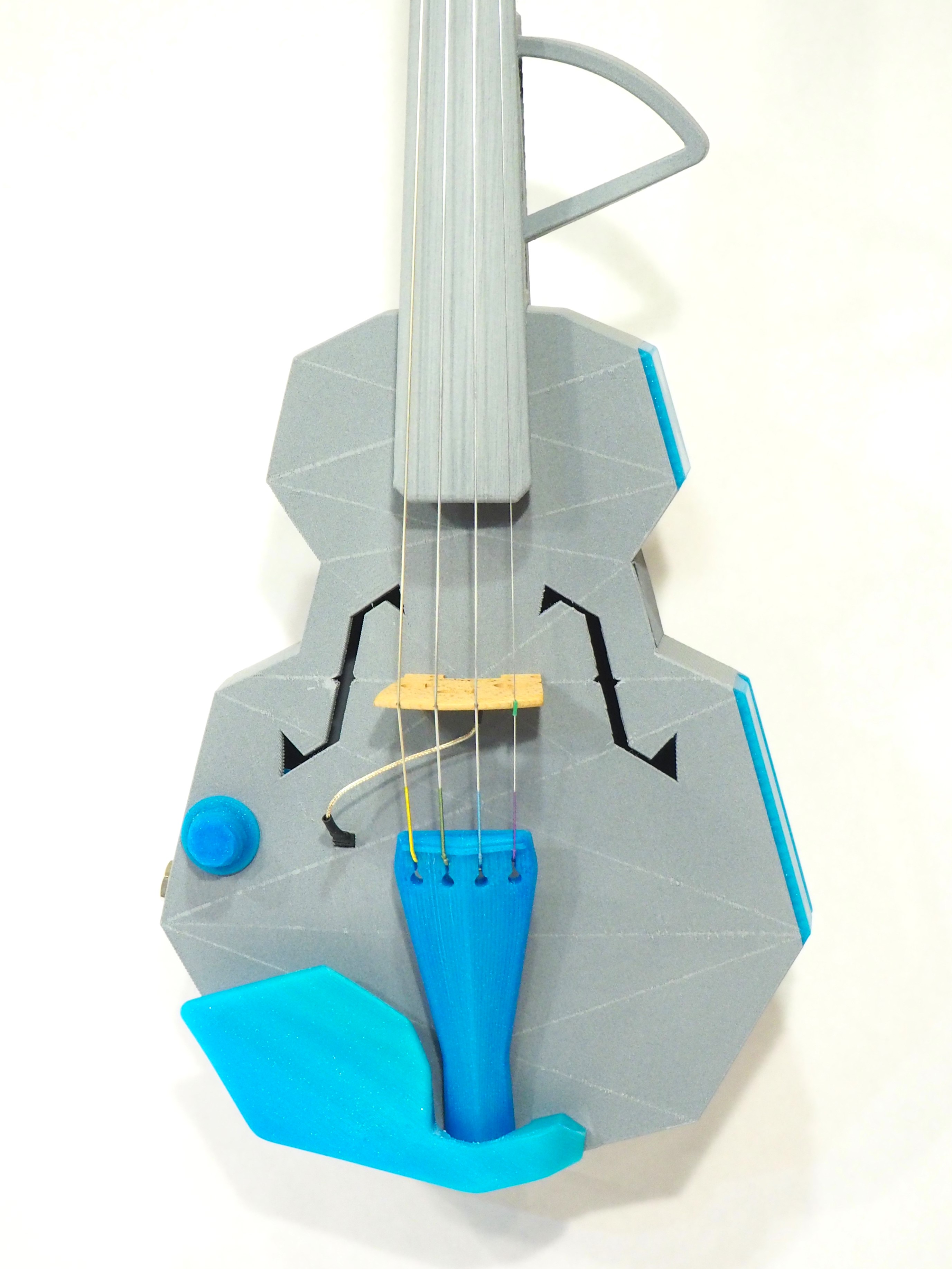
If you can do without a false bout, you can get a sleeker style and color on the audience-facing side of the neck. If you are not used to playing without a bout it will take some practice to re-learn your higher positions using different reference points, but it is possible. The solid body build, below, shows where neck color can be without a false bout.
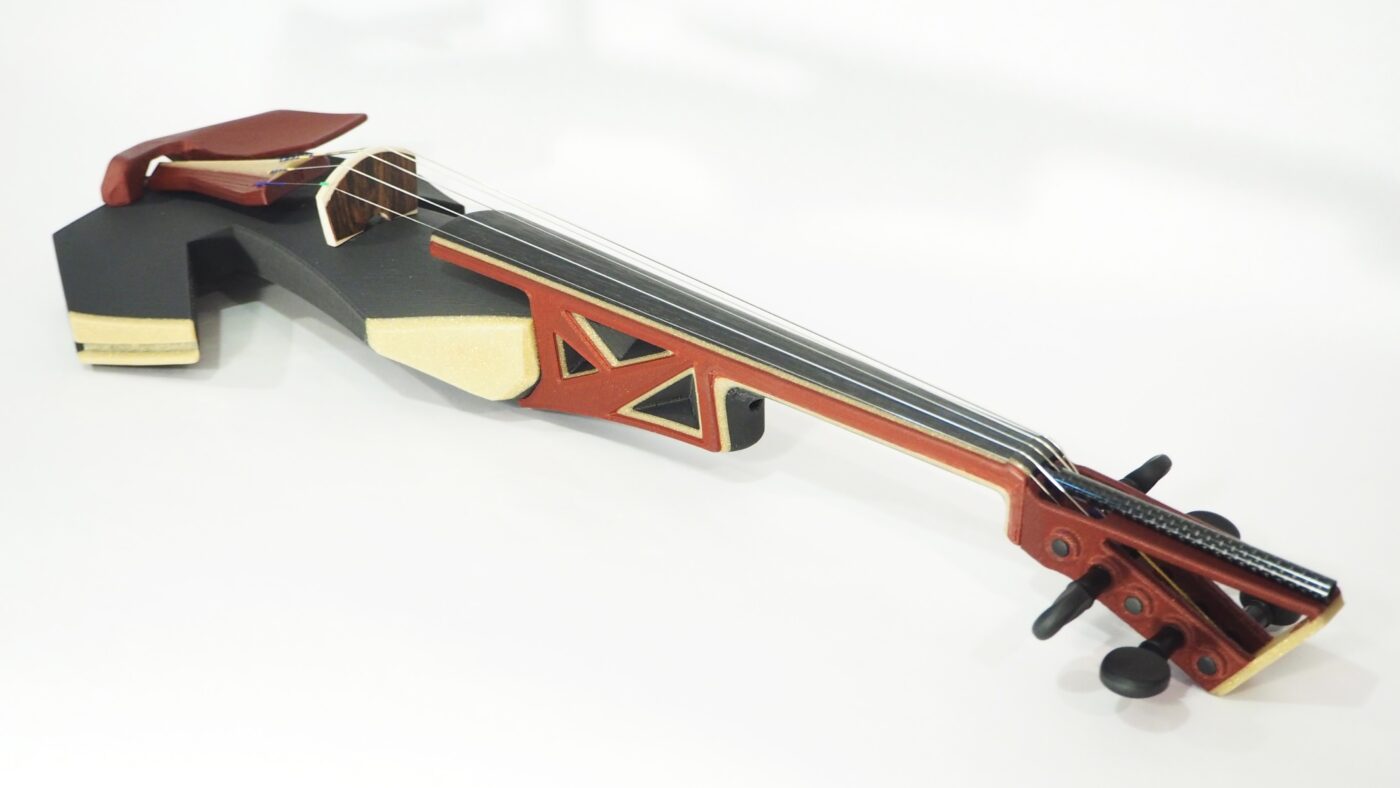
Strings, Pickup, and Tuners
Do you have strings you know you prefer? That will impact pricing, so we will decide on the front end. How about a pickup? Some players have favorites for both, but some are happy to take what I have found works best.
For acoustic-electric I currently like pairing Dominants with a LR Baggs bridge. This is the best tone I’ve found yet.
For solid body electric I generally use Helicore strings and a Starfish Designs bridge. Starfish makes a durable and reliable bridge with great tone across all strings.
Regarding tuners — for my high-end builds I recommend Perfection geared pegs. They are lightweight and offer great performance. Other options are available, though, if you would like something different.
Colors!
Finally, the fun part — color! There are some important things you’ll need to understand about our color options. If you are a professional player, I am assuming that you need an instrument that can withstand direct sunlight and heat. This means we have to use a certain type of material and I perform a secondary heat treatment after printing. The largest parts (the neck and body) must contain some carbon fiber to keep them straight during this heat treatment process. This means they have to be a shade of grey (or black).
If you are OK with an instrument that truly can’t get hot (no direct sunlight and no leaving it in cars) then we are free to do pretty much whatever colors you want wherever you want them. Check out the rainbow fiddle, below. This is a great example of a situation when it makes sense to throw caution to the wind and make something super special.
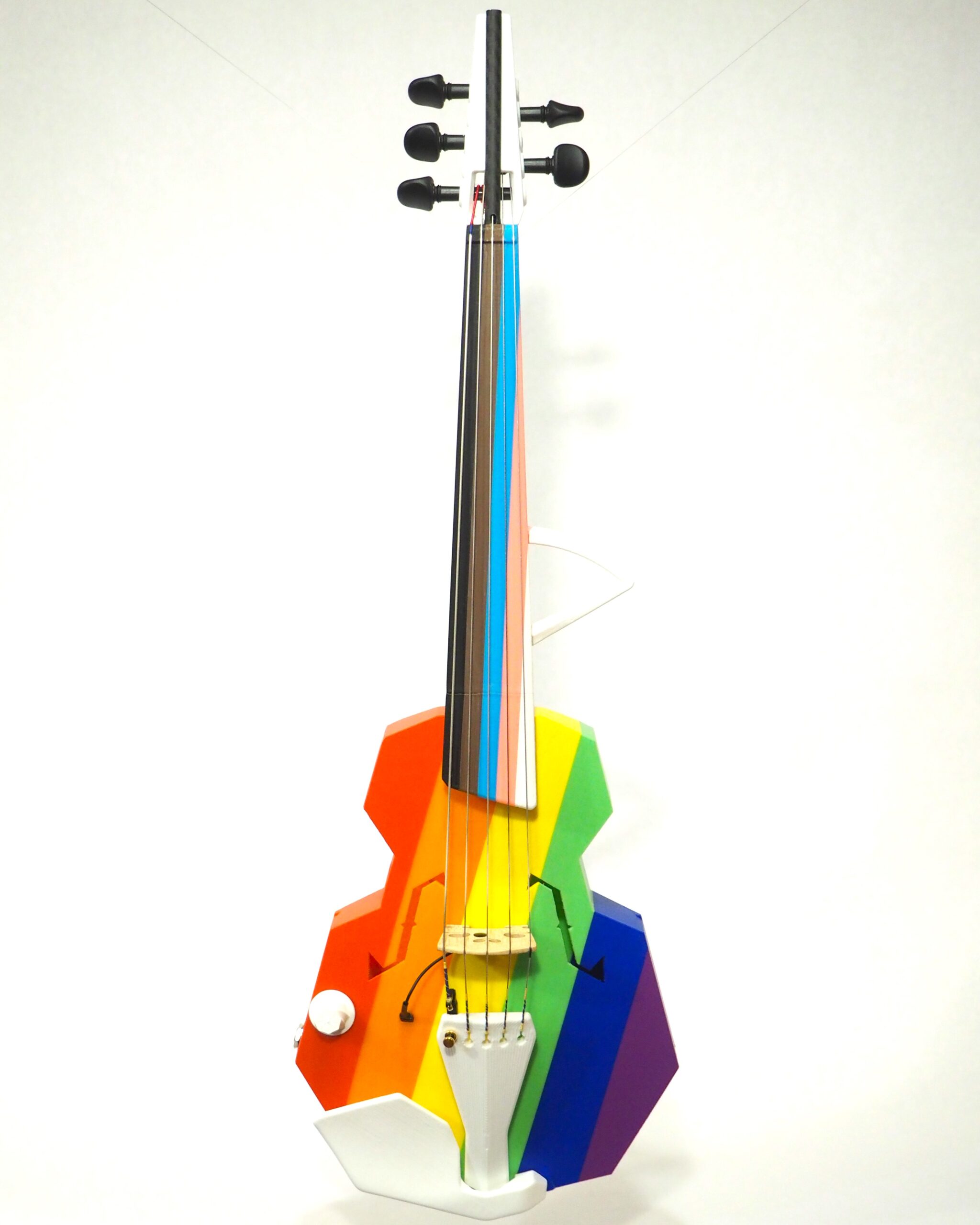
For now, though, let’s assume that we are making a high-temperature resistant instrument. That means that most of the body and neck need to be black or a shade of grey (light, medium, or dark). There can be sections of color on the body and neck, however. The fiddle, below, shows where color can be added to these two parts.
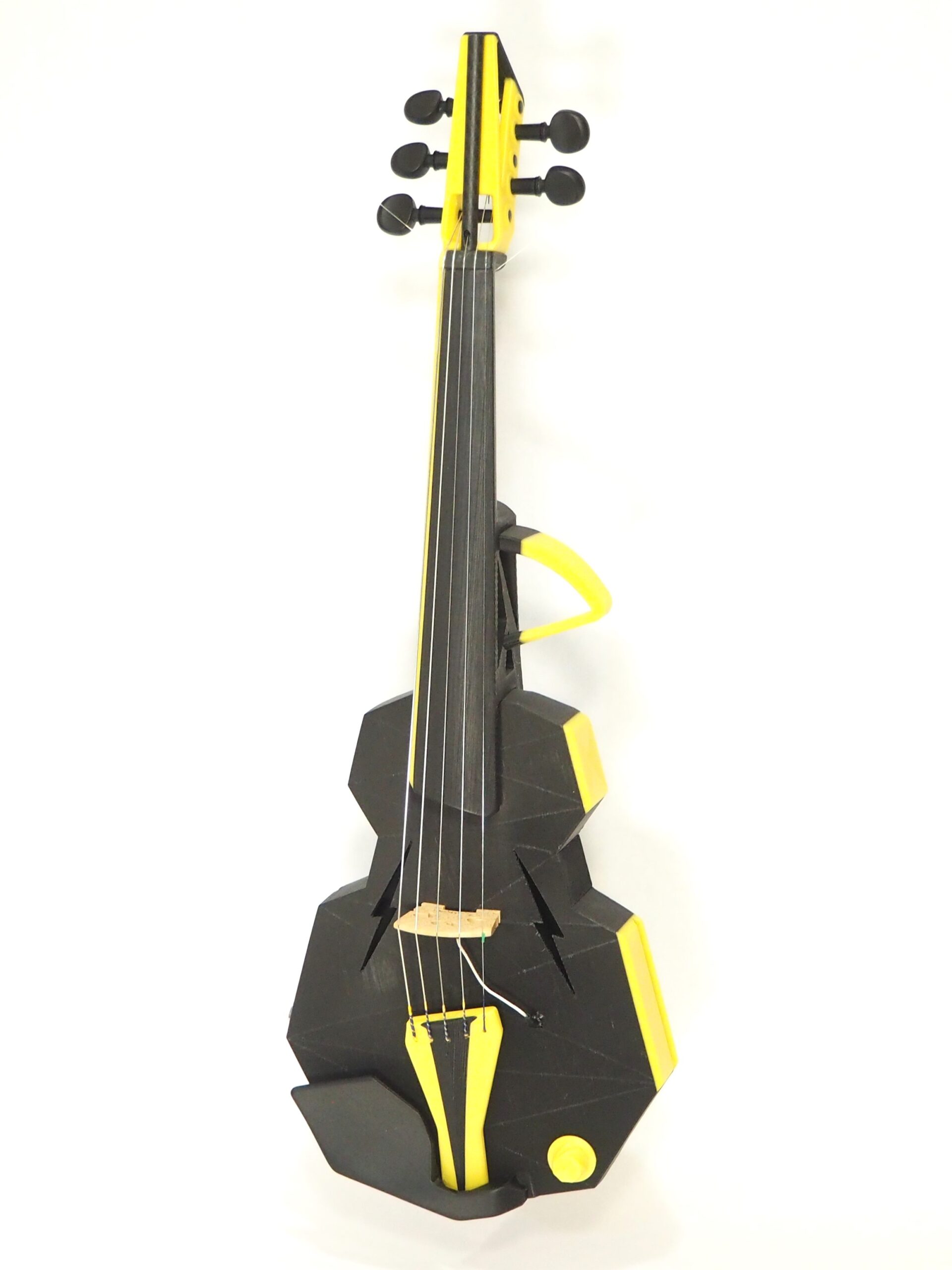
And if we have a neck without a false bout, we can move that section of color to the other side of the neck, like the solid body build, above.
Then the pegbox, tailpiece, chin rest, and any other small parts can be any color of HTPLA from Proto-Pasta. You can browse color options here.
Finally, usually after you’ve paid for your instrument, we will have some back and forth where I make digital renders of your instrument and you’ll get to visualize and choose where and how you want your colors. Additional colors, or additional color placement like bands of color or alternating colors are available at an added cost.
This back and forth is one of my favorite parts. We get to really visualize and dial-in the look of your instrument! It’s also often where customers suggest something that I hadn’t thought about, like lightning bolt f-holes or bands of color in different places.
Last step — get in touch!
This post is here to give you an idea of the options and choices you have when ordering a custom Modular Fiddle. After you read this through, get in touch! You can DM me on most any social platform, shoot me an email, or get in touch through the contact form.

